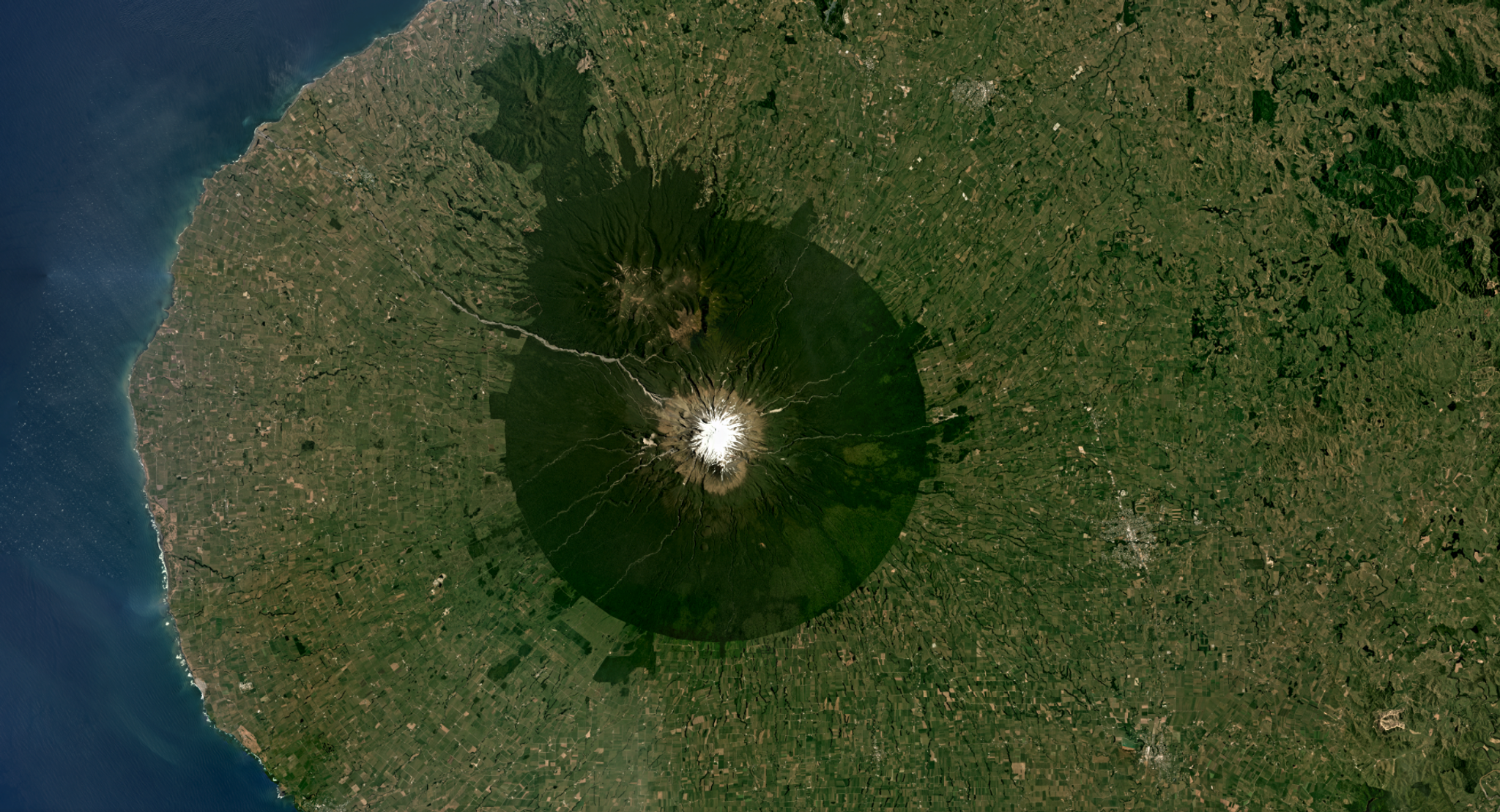Stanford Students Deploy Deep Learning with Planet Imagery
As Planet's Education and Research Community continues to grow, students are increasingly working with Planet imagery in college courses. At Stanford University, several students recently utilized Planet imagery in Computer Science 230: Deep Learning. Ian Avery Bick, Dennis Wang and Ben Mullet examined deforestation near Kibale National Park in Southern Uganda, an incredibly diverse tropical forest, and home to a large Chimpanzee population. Ian and team used the "U-Net" algorithm, originally devised for biomedical image segmentation, to separate forest patches from surrounding non-forest habitat, producing a binary classification. They subsequently expanded their effort to parse forest density across multiple classes. Read their final report here. Zac Espinosa, Ben Gaiarin and Michael Vobejda explored Schistosomiasis risk in the Senegal River Basin. Schistosomes are parasitic flatworms that affects approximately a quarter of a million people each year, with thousands of fatalities. Schistosome larva infect freshwater snails, and the habitat of these snails may be investigated from space. Zac and team used a branching convolutional network to map floating and emergent vegetation along the Senegal River in order to produce maps of disease risk. Read their final report here. If you or your students are interested in working with Planet data in coursework, join our Education and Research Community! [caption id="attachment_139267" align="alignnone" width="3050"]


Ready to Get Started
Connect with a member of our Sales team. We'll help you find the right products and pricing for your needs


